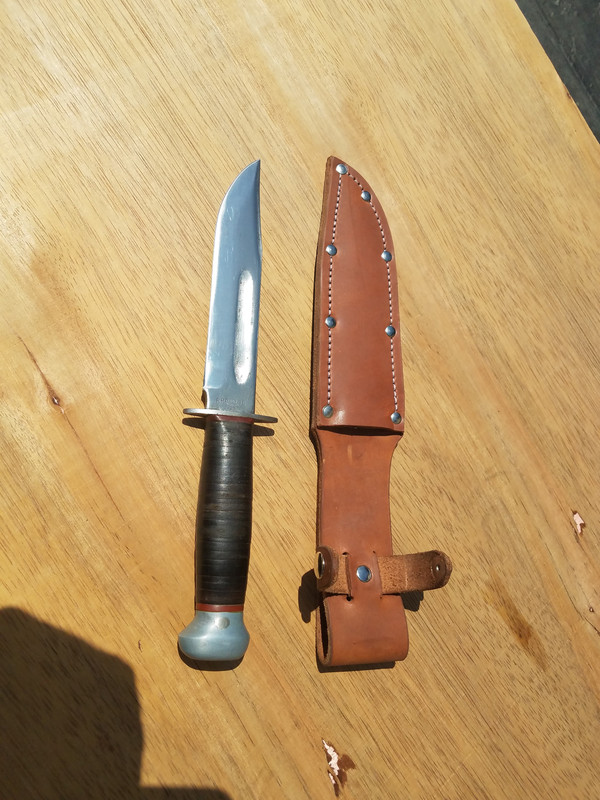- Joined
- Apr 12, 2009
- Messages
- 13,495
A follow up question from my since everyone has been so generous with their opinion:
Is it harder to freehand a more narrow angle?
I’ve had better luck reprofiling and sharpening at 40 degrees inclusive than a whittling knife at 20 degrees inclusive. Is that to be expected for a newbie like me?
I've found in freehanding, there'll be a certain relatively narrow angle range that results from how I intuitively hold a knife while sharpening. In other words, there'll be a certain way I go about it that feels 'right' or comfortable in my hands, and that influences what the angle will ultimately be, within a range. I always seem to notice, after reprofiling freehand, all of my knives end up somewhere in the 25 - 30° inclusive range, unless I make a deliberate effort to go a little lower or higher. And since I'm still trending a bit lower in angle preference (I'm REALLY liking edges around ~ 25° inclusive or maybe even a little lower), my 'comfortable' hold on my knives is adapting in that direction, nowadays.
So, if you're sharpening a factory edge that might not be in that 'comfortable' angle range for your hands, it may feel awkward one way or another, whether it's too high or too low for what you're accustomed to.
But in very general terms, I've found the wider bevels created by going lower in angle will ultimately make it easier to feel flush contact on the bevel, simply because they are wider and therefore inherently a little more stable on the stone. The best example of this is in sharpening a scandi-grind blade with it's very wide bevels, which act as a built-in angle guide.

